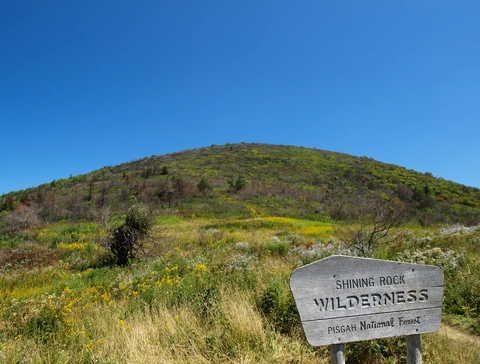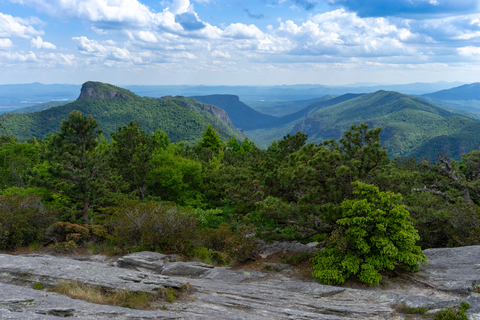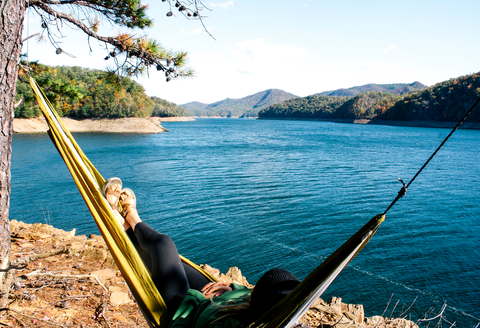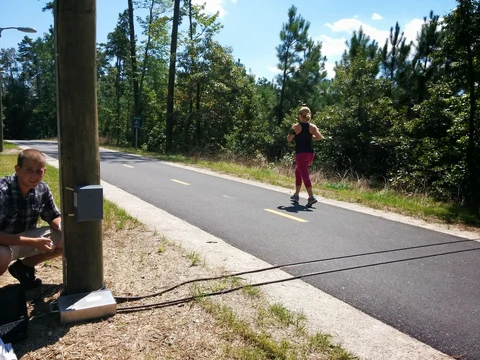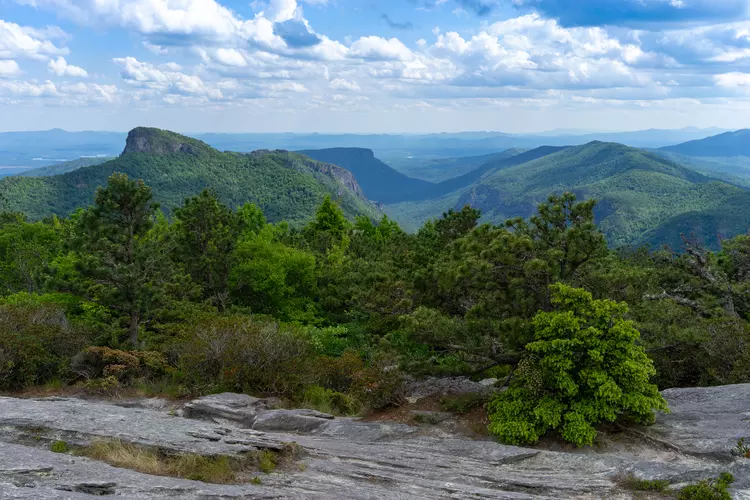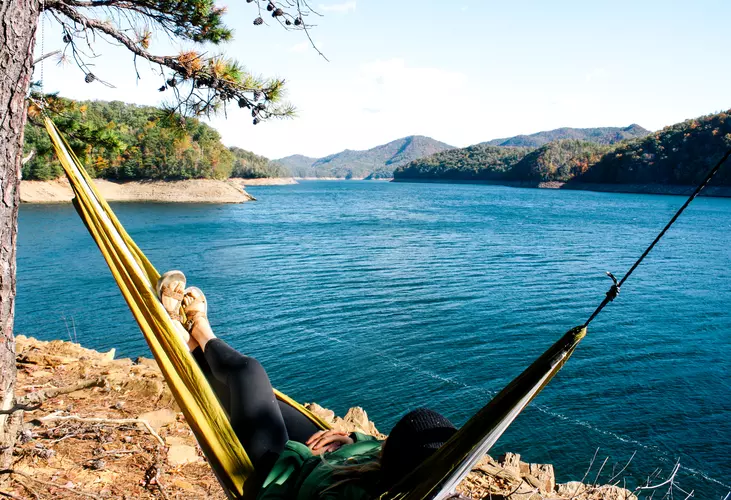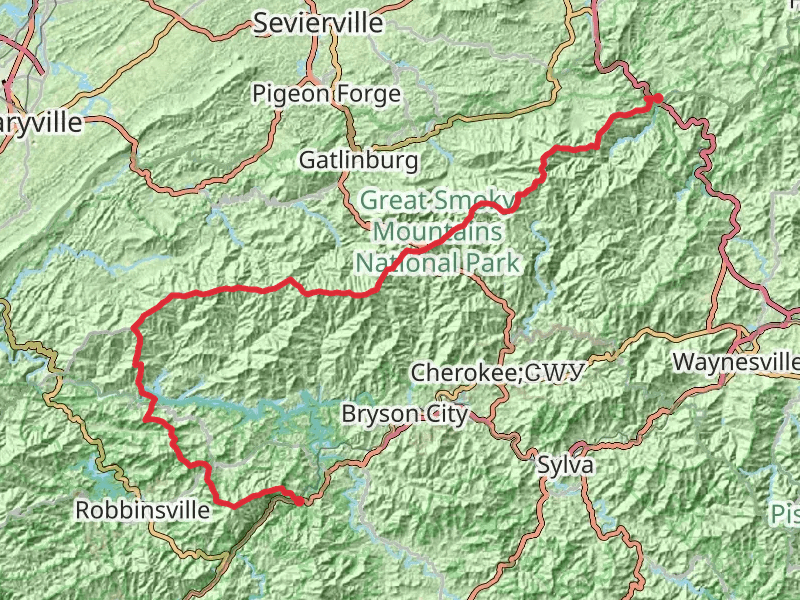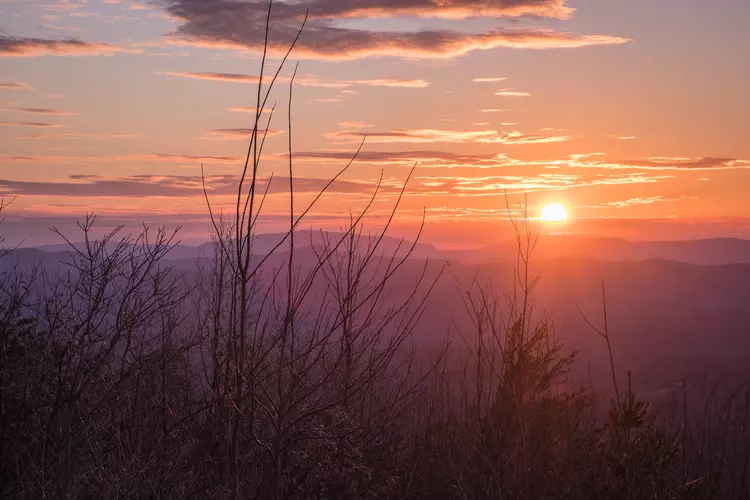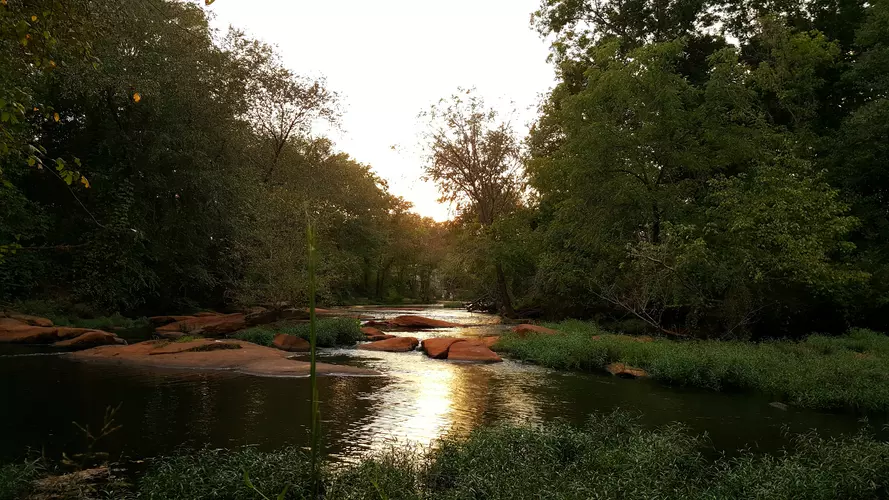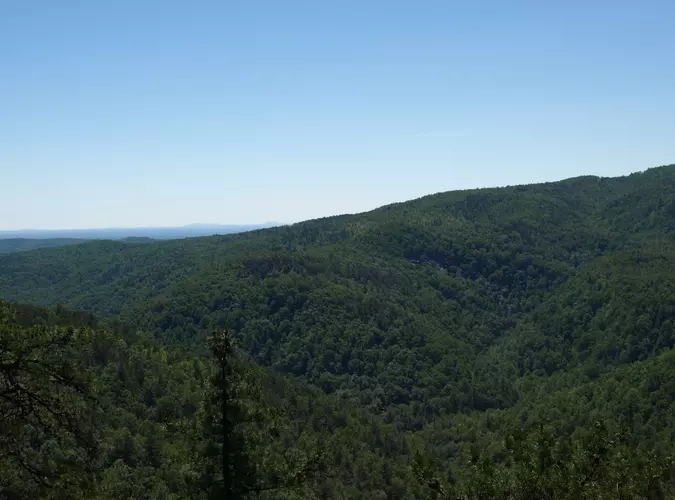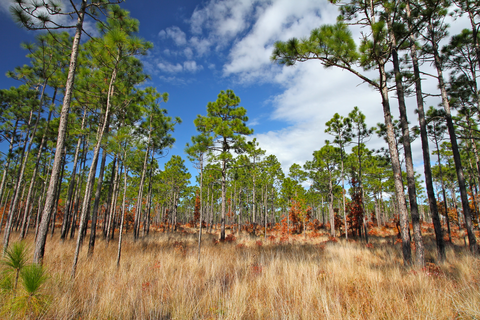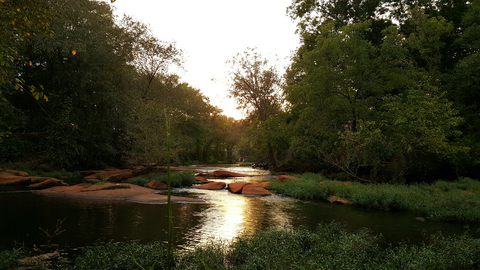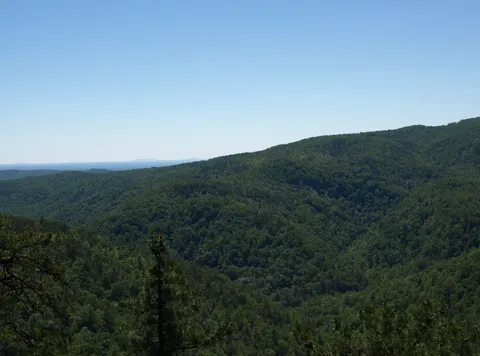"North Carolina's trails offer breathtaking vistas, diverse wildlife, and endless adventures for every hiker."
North Carolina offers a hiker's paradise, with trails weaving through the majestic Blue Ridge and Smoky Mountains, lush forests, and cascading waterfalls. Explore the iconic Appalachian Trail or the serene beauty of Linville Gorge. Discover diverse ecosystems at Great Smoky Mountains National Park or the coastal wonders of the Outer Banks. Each trail offers unique vistas and wildlife encounters, promising adventure and tranquility. Lace up your boots and let North Carolina's natural splendor inspire your journey.
Most popular hikes
FAQs about hiking in North Carolina






More hikes in North Carolina
by difficulty
by type

